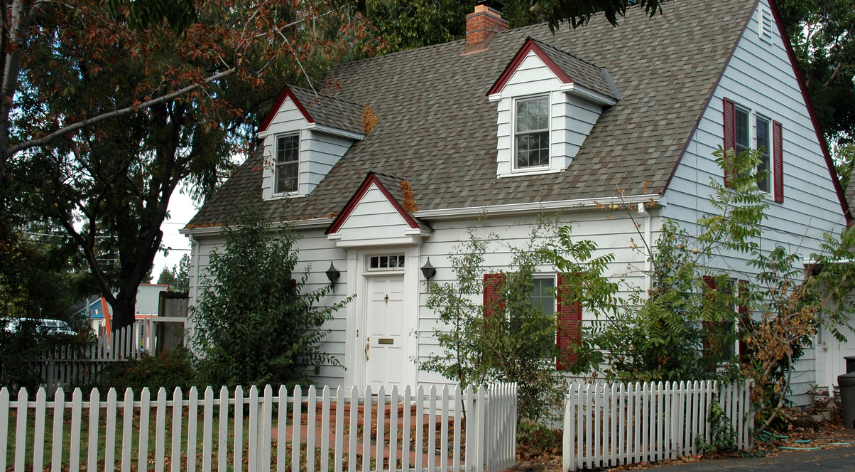Welcome to the picturesque shores Tree Busters of Cape Cod, where sandy beaches meet lush forests in a harmonious blend of natural beauty. This idyllic region is famous for its charming coastal towns, historic lighthouses, and tranquil landscapes that have captivated visitors for generations. However, amidst the stunning scenery lies a growing concern – the issue of tree removal on Cape Cod. Let’s delve into the reasons behind this practice and explore how we can preserve this unique environment for future generations.
The issue of tree removal on Cape Cod
Nestled in the picturesque landscape of Cape Cod lies a complex issue that often goes unnoticed – tree removal. While the region’s natural beauty is undeniable, there are times when trees need to be taken down for various reasons. Whether it’s due to disease, storm damage, or encroaching on property structures, tree removal can become necessary.
However, this practice raises concerns about disrupting the delicate balance of the ecosystem. Trees play a crucial role in maintaining soil stability, supporting wildlife habitats, and absorbing carbon dioxide from the atmosphere. Removing them without careful consideration can have far-reaching consequences on the environment.
Moreover, regulations and permits govern tree removal on Cape Cod to ensure that it is done responsibly and sustainably. These guidelines aim to strike a balance between meeting human needs and preserving nature’s integrity.
Common reasons for tree removal
Trees are a vital part of Cape Cod’s natural beauty, but there are times when tree removal becomes necessary. One common reason for tree removal is disease or infestation, which can spread to other trees if not addressed promptly. Another reason is safety concerns, such as unstable trees that pose a risk to buildings or people. Additionally, trees may need to be removed to make way for new construction projects or landscaping changes.
Old age and decline in health are also frequent reasons for tree removal, as decaying trees can become hazardous liabilities. In some cases, trees may need to be cleared to improve sunlight exposure or create better views on a property. While it’s always sad to see a tree go, sometimes removing them is essential for the overall well-being of the environment and community.
The impact of tree removal on the environment
The impact of tree removal on the environment is a topic that often sparks debate among environmentalists and property owners alike. Trees play a crucial role in maintaining ecological balance by absorbing carbon dioxide, providing oxygen, and offering habitat for wildlife.
When trees are removed, not only is there a loss of greenery and beauty, but also a disruption to the ecosystem. Deforestation can lead to soil erosion, decreased biodiversity, and altered water cycles. The roots of trees help prevent soil erosion by holding it in place, while their leaves provide nutrients when they decompose.
Furthermore, trees act as natural air filters by trapping pollutants and releasing clean oxygen back into the atmosphere. The removal of trees can result in poorer air quality and increased pollution levels. It’s essential to consider these environmental impacts before deciding on tree removal projects.
Regulations and permits for tree removal
When it comes to tree removal on Cape Cod, regulations and permits play a crucial role in preserving the natural landscape. The local government has put in place strict guidelines to ensure that trees are removed responsibly and sustainably.
Before you start chopping down any trees, it’s essential to understand the rules surrounding tree removal in your area. Different towns on Cape Cod may have specific requirements regarding tree cutting, so it’s important to do your research beforehand.
In some cases, you may need to obtain a permit before removing certain trees. This process helps authorities keep track of the number of trees being cut down and ensures that necessary precautions are taken to protect the environment.
By following these regulations and obtaining the required permits, you can help maintain the ecological balance on Cape Cod while still addressing your tree removal needs.
Alternative solutions to tree removal
When it comes to preserving the natural beauty of Cape Cod while addressing tree-related concerns, seeking alternative solutions to outright removal is crucial. One effective approach is tree trimming and pruning, which can help maintain the health and aesthetics of trees without resorting to cutting them down. Additionally, cabling and bracing techniques can provide structural support for trees that may be at risk of falling.
Another eco-friendly option is transplanting trees to a more suitable location instead of removing them altogether. This process allows for the preservation of mature trees while addressing any issues they may pose in their current environment. Embracing sustainable landscaping practices like planting native species or creating green spaces can also mitigate the need for extensive tree removals.
Exploring non-invasive methods such as root barriers or aerated soil treatments can help address underlying issues without causing harm to the existing vegetation. By incorporating these alternative solutions into tree management plans, we can uphold Cape Cod’s unique landscape for generations to come.
Conclusion: preserving Cape Cod’s natural landscape for future generations
Preserving Cape Cod’s natural landscape for future generations is a responsibility we all share. By being mindful of the impact of tree removal and considering alternative solutions, we can help maintain the beauty and ecological balance of this unique environment. Tree Busters of Cape Cod plays a crucial role in ensuring that tree removal is done responsibly and with care for the surroundings. Let’s work together to protect Cape Cod’s trees and forests so that they may continue to thrive for many years to come.
